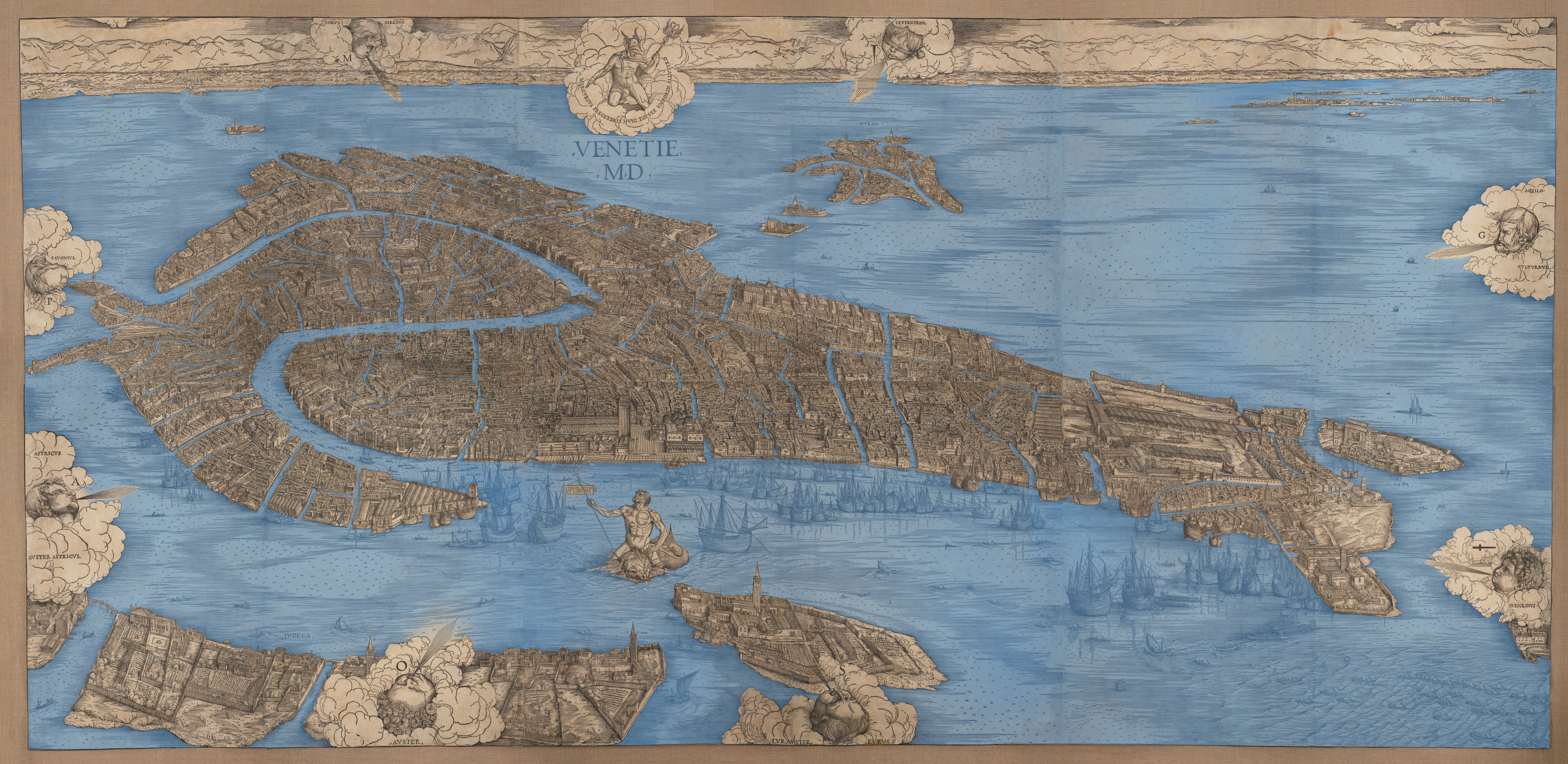The Jewish Ghetto and Its Urban Contexts, by Erin Darnauer
Although there was a Jewish presence in Venice long before the city expanded its territorial holdings into an empire, no Jews were given legal status and allowed residence in the city until 1509.[i] At that time, the League of Cambrai began to attack the Venetian terrafirma, and those living in the war zone, including many Jews, were allowed to take refuge Venice.[ii] On the main islands, Jews initially experienced a fair amount of freedom. They settled throughout the city (although concentrated around the Rialto commercial district), owned businesses, and to some extent participated in cultural life. The war with the League of Cambrai continued. Short on resources, despite high taxation of the Jewish population, and feeling increasingly desperate, Venice used its Jews as a scapegoat.[iii] It was reasoned that, by allowing this population to live freely in the city, Venice was angering God. In 1516, shortly before the war ended, the Ghetto Nuovo was established on a small island in the sestiere of Cannaregio.[iv]
For further detail about the role of Jews in Venice click here.
[i] Patricia H. Labalame and Laura Sanguineti White, cità excelentissima: selections from the Renaissance diaries of Marin Sanudo, trans. Linda Carroll, (Baltimore: Johns Hopkins University Press, 2008), 337.
[ii] Krystina Stermole, "Politics, Monuments, and Venice's Reclamation of Padua during the Cambrai War," Sixteenth Century Journal 45, no. 2: 351.
[iii] Patricia H. Labalame and Laura Sanguineti White, cità excelentissima: selections from the Renaissance diaries of Marin Sanudo, trans. Linda Carroll, (Baltimore: Johns Hopkins University Press, 2008), 337.
[iv] Jan-Christoph Röβler, “The Ghetto,” in Campi of Venice (2001). http://venice.jc-r.net/campi/ghetto.htm
